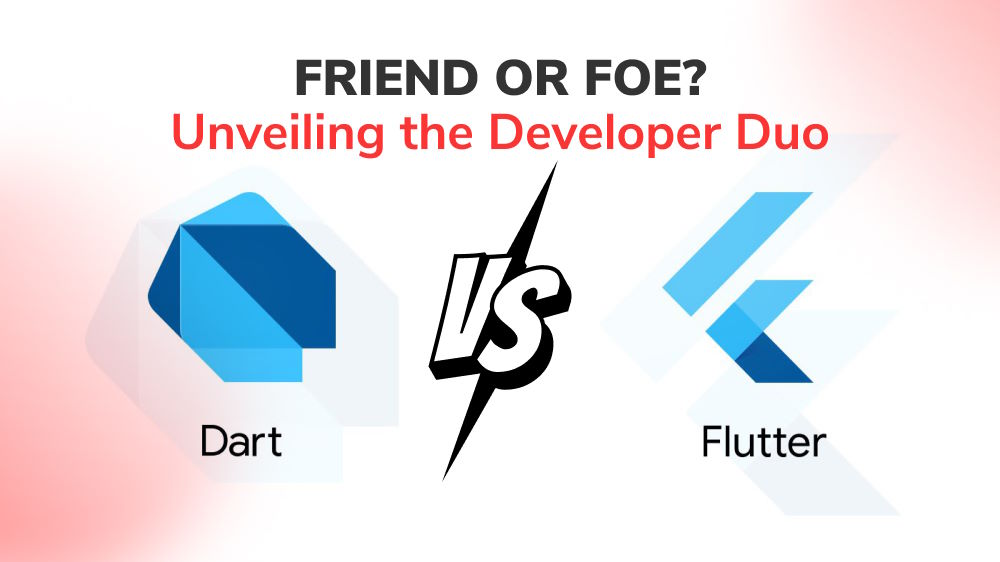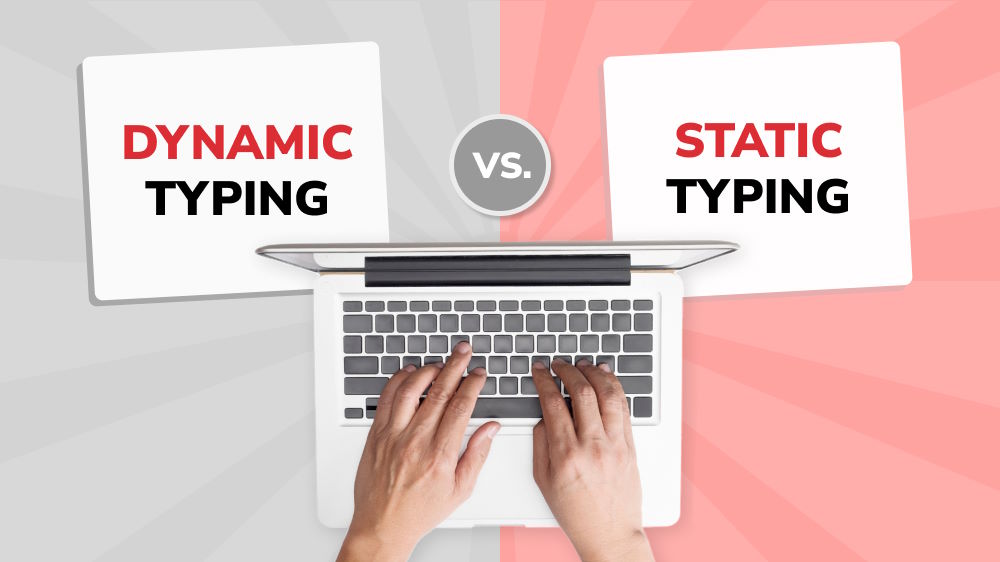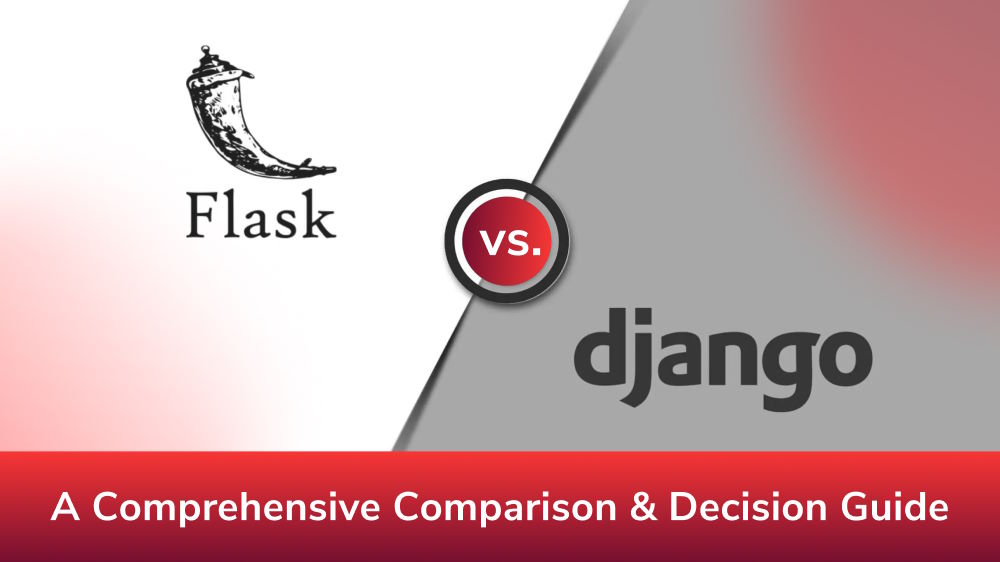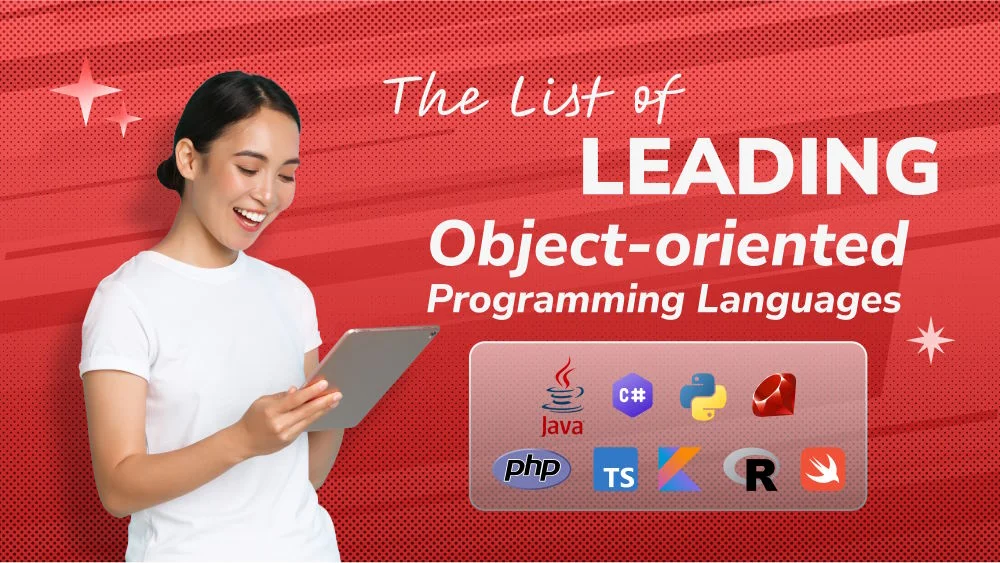
CodeIgniter Vs. Laravel - A Comparison Beyond the Basics
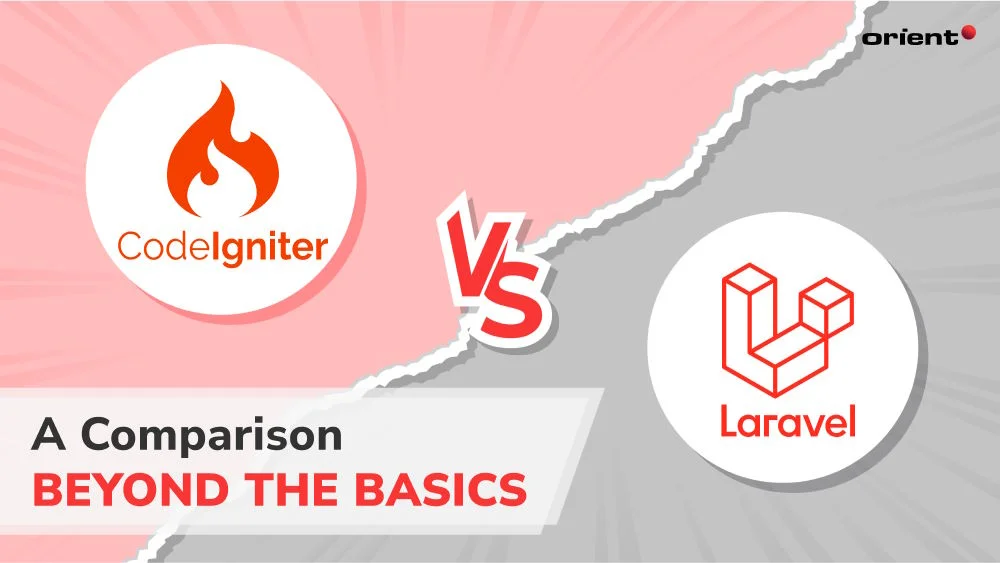
Content Map
More chaptersA software framework acts as a template that developers can modify. In other words, frameworks act as a foundation, so you don’t have to build every single logic from the ground up. They are associated with specific programming languages. For example, Spring, Struts, or Hibernate are popular Java frameworks, while Express.JS or Koa are well-known NodeJS frameworks.
We also have CodeIgniter and Laravel - two of the most influential PHP frameworks. PHP continues to be one of the most dominant web development programming languages, used by 43.4% of all websites on the Internet and over 22.2 million live websites. This naturally begs the question: should developers choose CodeIgniter or Laravel for their next dynamic web development project?
While every developer might give you different answers, this article aims to help you make your decision logically based on CodeIgniter and Laravel’s features, use cases, and key differences.
Key Takeaways:
- CodeIgniter and Laravel are PHP frameworks based on MVC structure and help facilitate fast web development.
- Though similar, the two differ in speed, performance, built-in security features, and template languages.
- Understanding the scale and operation complexity allows you to choose the most suitable PHP framework.
What Is CodeIgniter?
For developers who require a straightforward and sophisticated toolbox to build fully functional web apps, CodeIgniter is a strong PHP framework with a relatively small footprint.
CodeIgniter is a PHP framework created by EllisLab Inc. in 2006, aimed at simplifying web development. It gained popularity for its speed, flexibility, and ease of use. Over time, it underwent several version updates. In 2014, the framework transitioned to community-driven development. CodeIgniter 4 was released in 2020, introducing improved performance, updated features, and compatibility with modern PHP versions.
CodeIgniter is a great pick for developers looking for a PHP toolkit to build fully-featured web applications. Like many PHP frameworks, CodeIgniter eliminates the need to write the same PHP code over and over again. The rich set of libraries simplifies complex PHP functions without compromising high performance - something the framework promised to deliver from day one.
The CodeIgniter framework, being relational object-oriented, allows for the implementation of hierarchical model view controller (HMVC) architecture - an extension of the MVC architecture.
Even though CodeIgniter is most famous for its simplicity, ease of use, and outstanding performance, PHP developers still have room to implement intricate functions thanks to third-party plug-ins.
What Is Laravel?
Laravel is an open-source PHP framework. It is known for its elegant syntax and developer-friendly environment.
In 2011, Taylor Otwell released the Laravel PHP framework, providing a modern web development approach. Early iterations prioritize speed and ease of use. The 2015–2018 Laravel 5 series placed a strong emphasis on increasing productivity and performance. Features like Laravel Mix and Laravel Sanctum were included in later editions, such as Laravel 6 and later.
Before the Laravel framework, PHP development often lacked standardized structures and practices. Developers often relied on various libraries during the development process, leading to code inconsistencies. Laravel has introduced structure to PHP development as well as new concepts like routing, template engine, ORM (Object-Relational Mapping), and more.
With its built-in tools, Laravel streamlines unit testing, database migration, etc. Similar to CodeIgniter, it relies on MVC structure, providing clear code separation, independent development, and easy maintenance.
Key Features of CodeIgniter

Model View Controller (MVC)
As mentioned earlier, the MVC framework speeds up both web development speed and performance by separating business logic and presentation modules.
Lightweight
CodeIgniter was designed to be fast. It has small libraries and only loads additional ones on demand. Being lightweight allows for the speedy development of web applications, MVPs, and prototypes.
Easy Migration
In addition to creating dynamic websites, CodeIgniter is an excellent choice for migrating from one host environment to another. It offers built-in support for database changes and version control. Even if you encounter problems, worry not, as CodeIgniter has an active and supportive community that is happy to answer questions.
Built-in Security
The ability to encrypt and decrypt, along with XSS filtering, CSFR (Cross-Site Request Forgery) protection, password handling, and input data validation, shows that CodeIgniter has strong security features to safeguard your application.
Test-driven Development
The framework offers a step-by-step testing system to evaluate a website’s performance. To be specific, CodeIgniter has an interface and error logic class that detects and rectifies errors during the development process. This ensures that the final product has as little as possible while also ensuring that the debugging task takes less time.
Libraries and Helpers
Built-in functions like form validation, email sending, file handling, and forms are available to eliminate repetitive tasks and simplify basic development operations.
Gentle Learning Curve and Community Support
If you have any prior knowledge about PHP, learning CodeIgniter would be a breeze. Additionally, the framework provides its users with detailed official documentation for reliable and easy development.
Key Features of Laravel

Template Engine
With the usage of Blade, a lightweight template engine, users can generate layouts and integrate CSS and JavaScript structures. Blade template engine provides intuitive and simple syntax, creating reusable views. Another thing is that Blade is compiled into simple PHP codes, leading to a short rendering time. This also provides Laravel developers with a convenient shortcut for the most used PHP functions.
Eloquent ORM
ORM framework is optimal for performance. The reason is that it allows developers to connect with databases using PHP’s objects and classes instead of writing data queries in SQL manually. Developers can add PHP syntax to the database tables to create, modify, or delete the data. Also, by assigning matching models, ORM is faster than the prior PHP frameworks.
MVC Architecture
The MVC architecture separates a web application into different categories, meaning developers can obtain a clear understanding of each. “View” shows developers what customers view, “controller” represents how the applications process requests, and “model” is the data needed for the requests. This compartmentalization creates a clean and maintainable code suitable for large projects. The development process is also much faster, as one Laravel developer might be working on the controller while the other is more focused on the model.
Data Migration
Laravel is another good choice for data migration. It facilitates changes in the database using the PHP code. To be more specific, the framework maintains and controls the database while its database schema automates the migration process without any loss or interruptions.
Strong Security
Security is one of Laravel’s most significant features. In detail, Laravel intercepts requests or processes of installing malicious codes using its security in-built systems. Besides, the framework obtains robust authentication functions. Users can configure user registration, login, or password requests to prevent unauthorized users. Developers can also customize the authorization system.
Artisan
Powered by Symfony Console, Artisan is a command-line tool that streamlines and automates routing and common coding tasks. Artisan tests functions, runs jobs, and performs migrations. If you find the existing commands not efficient enough, you can custom commands to meet your needs.
Built-in Unit Testing
Laravel’s unique inbuilt unit testing tool facilitates multiple test cases to see if configurations impact online apps negatively. This PHP framework offers methods to simulate basic behaviors as well as expressive app testing and debugging tools. Developers can also write test cases themselves.
When Would One Choose CodeIgniter Instead of Laravel?
While CodeIgniter and Laravel bear similarities, there are significant differences. In what cases would a developer or business choose CodeIgniter over Laravel? Or, in other words, when is CodeIgniter a better choice?
- Small, Simple Projects: CodeIgniter is a great choice when you are looking to build a website with low to medium traffic.
- New Developer: If you are a beginner, CodeIgniter is a great choice since it keeps everything concise and streamlined for you.
- Less Code: CodeIgniter speeds up web app development since it can produce the same or even better results with less code.
- Little to No Error: CodeIgniter is easy to use, so it is less likely that you’ll make errors. Its folder structure and construction style also help minimize syntax errors.
- Speedy Performance: Fast and efficient websites are best built with CodeIgniter thanks to its faster execution rate and development process. However, the performance may not be the same for large websites.
- Utilize Shared Hosting: This framework is a good fit for projects with constrained server resources as it is lightweight and doesn’t have command-line access to the latest PHP version.
When Would One Choose Laravel Instead of CodeIgniter?
- Large, Intricate Projects: When it comes to large websites with multiple tasks running simultaneously, Laravel is a better fit since it efficiently handles large systems and traffic.
- High Security: As mentioned previously, Laravel has built-in security and authorization systems to safeguard your data.
- Numerical Analysis Is Needed: Not only can Laravel handle large projects with ease, but it can also perform large-scale numerical analysis without sacrificing performance.
- You Are Experienced: If you are a developer who has experience working with intermediate systems, Laravel is a better choice.
- Template Engine for Views: Blade template engine is made to create dynamic and reusable templates with ease. If your project requires a lot of view templates, Laravel is the way to go.
- Testing and Debugging Are Emphasized: If your application needs rigorous testing, Laravel’s built-in testing tools will make the job easier for you.
PHP Framework Battle: CodeIgniter Vs. Laravel Comparison
After thoroughly understanding both CodeIgniter and Laravel’s features and suitable use cases, it is time to go over the key differences between the two frameworks based on the following parameters.
| CodeIgniter | Laravel | |
|---|---|---|
| Speed | Faster than Laravel | Slower |
| Database model | Relational object-oriented | Object-oriented |
| Inbuilt Modular | Doesn’t have inbuilt modularity features, needs third-party libraries to do this task | Developers can separate code into small modules |
| Architecture | - Uses Artisan command-line tool known - Follows the MVC structure of filing. | Follows MVC structure while offering object-oriented programming-based simple boarding. |
| Security | - No built-in authentication - Features that stop CSRF, XSS, and SQL injection attacks | Built-in unit testing and authentication |
| API handling | Inbuilt template engine known as Blade | No template engine |
| DBMS support | Supports Oracle, DB2, and MYSQL, MongoDB, etc. | Supports IBM, OrientDB, Oracle DB2, etc. |
| HTTP support | No support | Supports custom HTTPs routes |
| Template language | PHP propriety | Blade template engine |
| Unit testing | The help of PHP Unit allows for thorough code checking | No in-built unit testing tool |
| Community support | CodeIgniter forum and other online communities | Laracast and other online communities |
Final Thought
In the dynamic world of web development and the multiple offers of frameworks and templates, it is easy to fall into the rabbit hole of constantly comparing to choose the best framework or programming language. However, it is better to start with a vision in mind before choosing the tools to proceed with your projects because, after all, there is no best framework, only the most suitable one.
Instead of going through the hassle of choosing a framework, why not let a trusted partner do the legwork for you? Reach out to Orient Software, and we will be happy to choose the most suitable framework for you! Talk to us.


